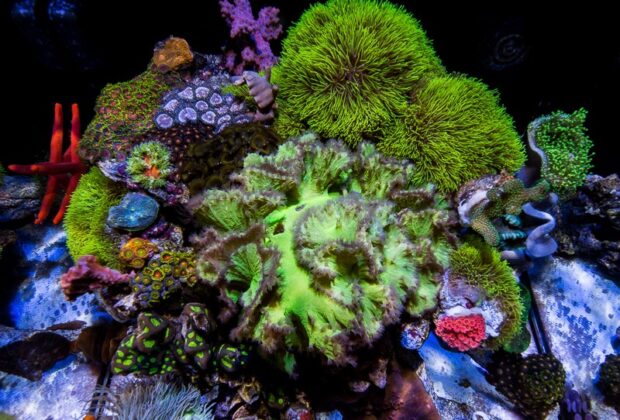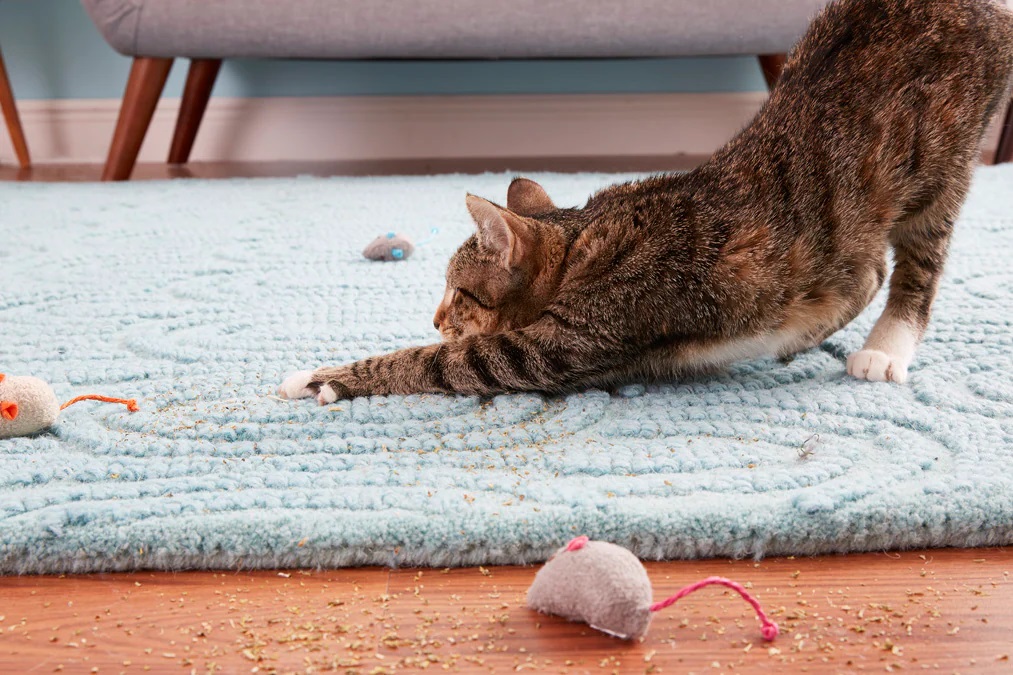Now that you know what to look for in a tank, we can talk about more advanced subjects, such as the proper equipment. For instance, you won't be able to grow corals if you don't provide the right conditions for them, and although we promise that we'll get there soon, that day hasn't arrived yet.
Most of your time and energy will go into setting up the tank, so it's important to do it well the first time. Place rocks, add water, set up lights, make sure the water's chemistry is good, and add a steady stream of water to get the job done. It's likely that you're finding all of this to be confusing; if so, allow me to break it down for you. Don't stop reading now.
Aqua Salina
Let's get the simple stuff out of the way first, such water movement, before we tackle the more complex aspects of coral growth, like lighting. When it comes to the actual water that will be put in the aquarium, you have just two options: saltwater or freshwater. You may either buy a RODI unit to generate your own saltwater at home, or you can buy saltwater that has already been manufactured and mixed at a local store. Proper acropora coral care is essential here.
Get some aquarium water from a local pet store if this is your first aquarium. A major advantage is that you won't have to fret about whether you're receiving enough salt.
It's not too difficult to produce your own saltwater, and doing so may result in significant cost savings. Like I stated previously, you'll need to spring for your own RODI unit, a filtration device that uses reverse osmosis to make regular tap water drinkable. The next step is to mix the water with the salt that you picked up from the pet store or aquarium supply store, and you'll be all set.
Choice and Placement of Rocks
If you don't mind, we'd want to talk about the rocks in your reef tank. Since the corals will be growing on the rocks, it is crucial that they be placed in the precise configuration. What sorts of corals may be put and what kinds of views you can expect are both within its purview.
A change in water current or coral motion might be caused by shifting rock formations. Don't you agree that what we need are spontaneous, rhythmic actions, like those seen in dance? For this reason, rocks are very important.
Conclusion
Reef aquariums may incorporate a broad range of rock types. Live rocks, synthetic rocks, and foundation rocks are the three most common subsitues. In order to get the most realistic picture of their habitat, nothing beats seeing live rocks up close.









